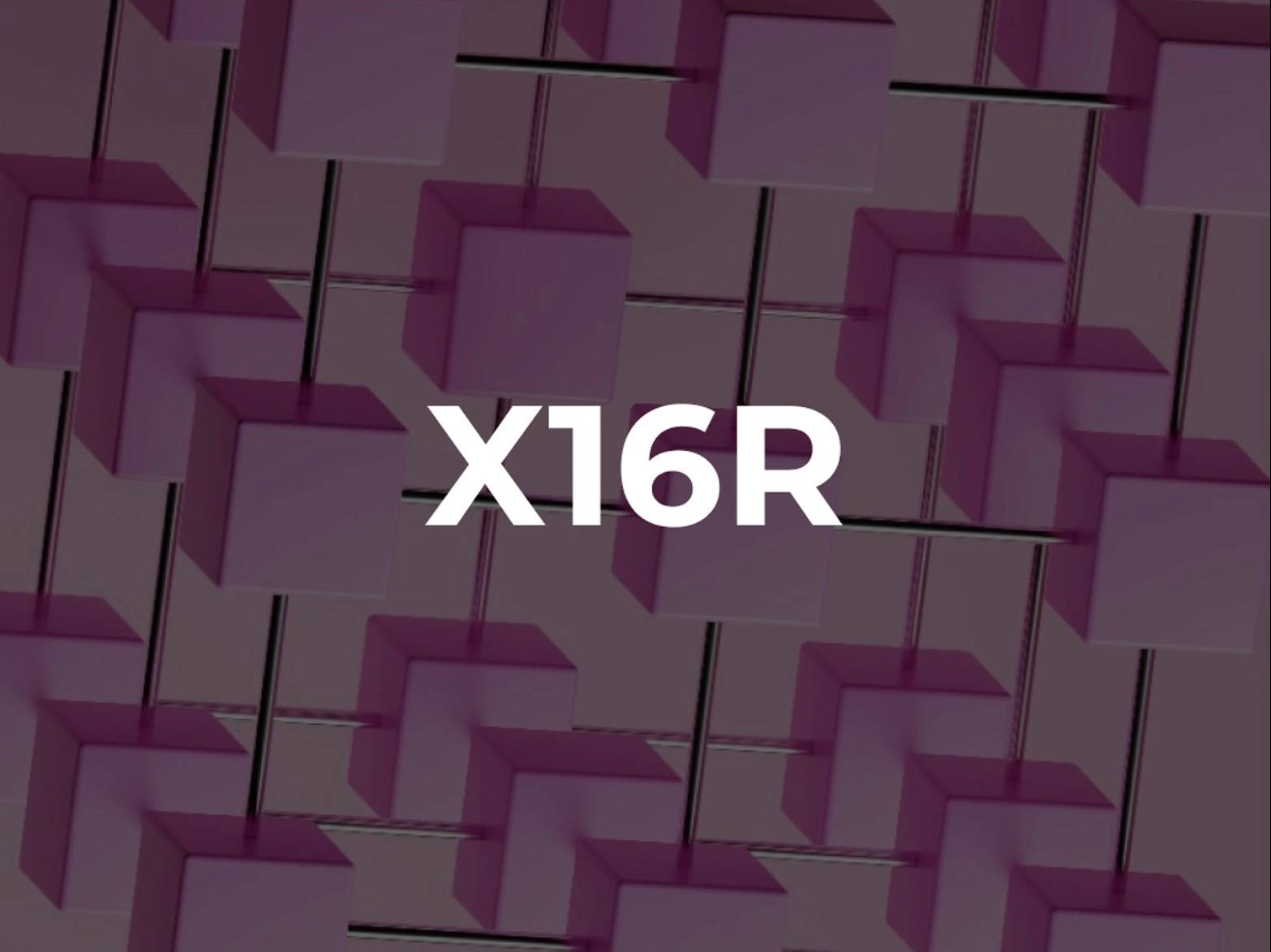X16R
X16R 是一种哈希算法,专门与某些加密货币使用的挖矿算法相关联,最著名的是渡鸦币 (RVN)。 [1]
概述
X16R 代表“X16 随机”,旨在成为一种工作量证明 (PoW) 算法。与使用固定哈希算法集的传统 PoW 算法不同,X16R 采用由十六种不同哈希算法组成的链,这些算法根据上一个区块的哈希值动态选择。 [1][2]
组成 X16R 的 16 种算法如下:Blake, BMW, Groestl, JH, Keccak, Skein, Luffa, Cubehash, Shavite, Simd, Echo, Hamsi, Fugue, Shabal, Whirlpool 和 SHA512.
这种 X16R 算法的工作方式是不断扰乱算法的链接顺序。16 种不同哈希算法的顺序将根据前一个区块的哈希值动态变化。由于算法顺序的动态变化,为 X16R 构建 ASIC 非常困难。 [2]
渡鸦币 是一种使用 X16R 算法的加密货币。RVN 的创建是为了能够在区块链上高效地创建和转移资产。它因专注于资产发行和转移能力而受到关注。 [2]
历史
加密货币哈希的历史始于 比特币 的 SHA256、莱特币 的 Scrypt、以太坊 的 Ethash、达世币 的 X11 以及 X13、X15 和 X17。X16R 是这一演变的下一步,旨在找到更好的挖矿算法。加密货币中的算法更改旨在最大限度地减少专用硬件对挖矿格局的影响。 [1]
最初,比特币挖矿旨在供广泛的计算机使用。随着比特币价值的上涨,挖矿转移到图形处理单元 (GPU) 以进行并行处理。经济激励导致使用现场可编程门阵列 (FPGA),最终使用专用集成电路 (ASIC)。ASIC 的性能优于其他技术,使得替代挖矿方法不切实际。比特币挖矿的最新演变涉及更快、更节能的 ASIC 硬件,这标志着其开发可能进入最后阶段。 [1]
为了最大限度地减少 ASIC 矿工的影响,加密货币开发了内存密集型哈希算法,渡鸦币引入了 X16R 算法来阻止 ASIC。然而,没有任何 PoW 算法(即使是 X16R)可以永久阻止 ASIC。随着挖矿经济价值的增加,并且随着越来越多的币采用单一算法,ASIC 的开发将加速。渡鸦币开发人员致力于在发现正在开发 ASIC 时更改 x16r 中使用的算法。 [1][2]
X16R 币
渡鸦币 是第一个使用 X16R 哈希算法的币。由于其 ASIC 抗性,该算法现在被许多其他币使用。目前,该算法被几种 PoW 币使用。有些只是渡鸦币的克隆,有些是主节点币,有些是不活跃的,有些币的 PoW 阶段已经结束。 [2]
属于此算法的其他币包括 GPUnion (GUT)、Stone Coin (STONE)、Help The Homeless Coin (HTH)、CrowdCoin (CRC)、Gravium (GRV)、Motion (XMN)、Hilux (HLX) 等。 [2]
